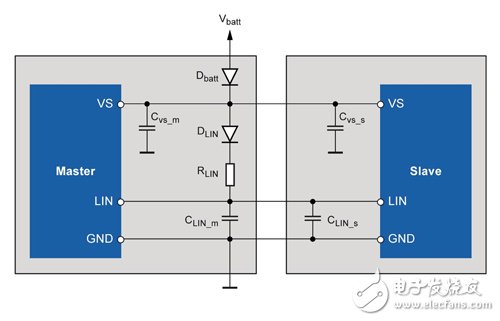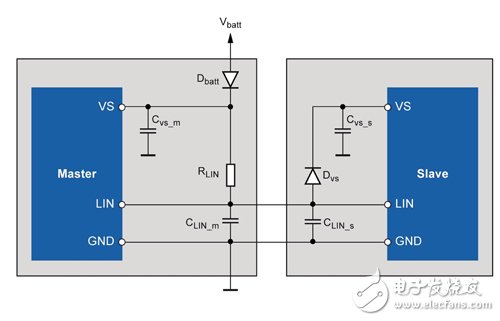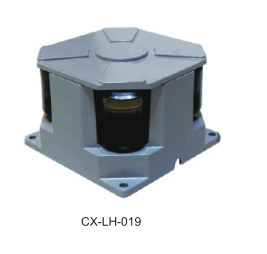Today, cars often contain hundreds of sensors, mainly used to measure and report parameters such as temperature and pressure. In most cases, these sensors are located in the vehicle, away from the host microcontroller (Host MCU) that monitors and processes sensor data. Considering the cost of the vehicle's network connection, these sensors are not directly connected to the controller area network (CAN) or the area internet connection (LIN). The way to overcome this wiring limitation is to convert the standard three-wire LIN network to a two-wire configuration, in which the slave node of LIN takes power directly from the main communication line of the LIN bus, thereby eliminating each slave node Power supply line to the battery.

The standard LIN bus includes a master node and no more than fifteen slave nodes connected to a single network. The physical LIN network is a three-wire configuration including power (vehicle battery), ground, and LIN bus communication lines. A 1kΩ pull-up resistor RLIN is usually required on the main LIN bus. In normal LIN bus operation, this pull-up resistor provides a bias voltage for the slave node on the LIN bus, but does not provide power. The power of the node comes from the battery input (Figure 1).

Figure 1 Standard three-wire LIN configuration
Designers can use a non-standard LIN network architecture that is simplified to two wires. This method relies on the connected slave node to obtain power directly from the slave LIN bus, thereby eliminating the need for a separate power supply line from the node to the battery (Figure 2 ).

Figure 2 Proposed two-wire LIN configuration
Because the battery power supply line is omitted, only one blocking diode, VDS, and buffer capacitor CVS_S are required to supply the slave node. The buffer capacitor should be sufficient to maintain the slave node supply voltage during the transmission of the LIN packet, and push the LIN signal to ground regularly. This article outlines the implementation of this two-wire wiring method and determines the inherent system tradeoffs that must be considered to fully realize the functionality of a two-wire LIN network.
LED point light source is a new kind of energy conservation and environmental protection decorative light, using LED cold light source, the built-in microcomputer chip, can be arbitrary programming control, multiple synchronous change, monochromatic changes can also be realized synchronous colorful gradient, jump, scanning, running water light color change effect and multiple LED point light source form a lattice screen.All kinds of pictures, text and animation effects can be changed. It is a supplement of linear light source and flood lighting, which can meet the design requirements of the point line surface.


Product size

Led Point Lamp,Blue Point Led Lamp,Led Point Ovale,Led Blue Point
Jiangsu chengxu Electric Group Co., Ltd , https://www.satislighting.com